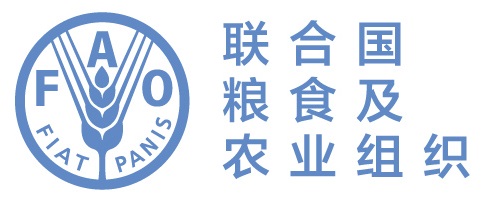Diagnostic protocol for Potato ring rot (Clavibacter michiganensis subsp. Sepedonicus)
Published: Wed, 27 Mar 2013, 11:36Last updated: Mon, 11 May 2015, 16:34
Clavibacter michiganensis subsp. sepedonicus (Spieck & Kotth) Davis (Cms) is the causal agent of the destructive potato disease, bacterial ring rot (Davis et al., 1997; Franc, 1999). The disease derives its name from the characteristic internal breakdown in the vascular ring of an infected tuber (Manzer and Genereux, 1981). This can be seen as a brown, cheesy decay of the vascular tissue. Above ground the disease is usually seen as a progressive wilt (Lelliott and Stead, 1987). Cms is highly infectious and can cause extensive losses to infected crops (Rich 1983; Rowe et al. 1995). The disease causes even greater economic losses to seed potato growers. Infected seed potatoes produce infected plants. After planting, bacteria multiply and spread to the vascular tissue of stems, petioles, roots and developing tubers. Symptoms rarely develop quickly and infections usually remain latent for long periods.
Resources on this page are not intended to be interpretations of ISPMs and terminology used may not be consistent with ISPM 5. Unless otherwise indicated resources, or pest distributions contained within them are not endorsed/adopted/agreed by the CPM nor developed under the auspices of the IPPC Secretariat, and are the exclusive responsibility of the author of the contributed phytosanitary resource.
Resource provide by:- NPPO of Australia
Type of contact: NPPO
Tags:
- Diagnostic protocol

